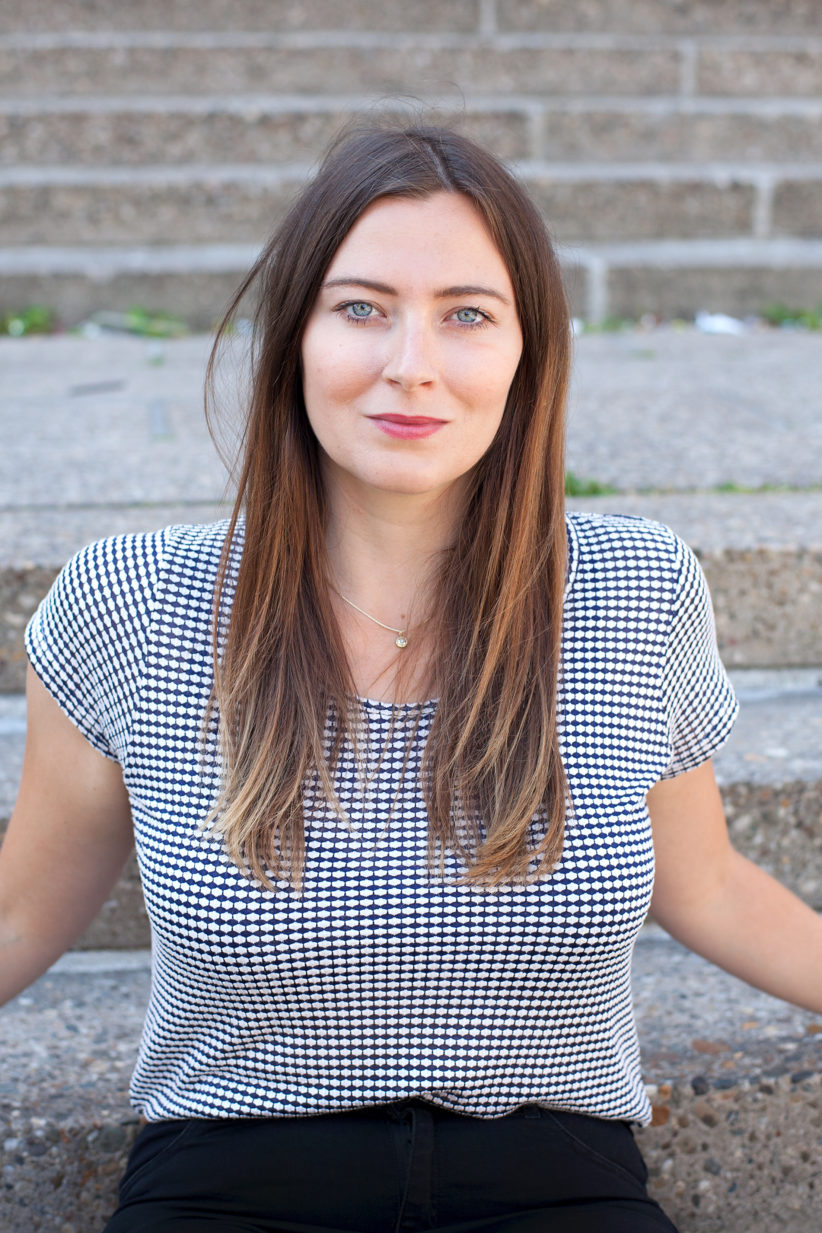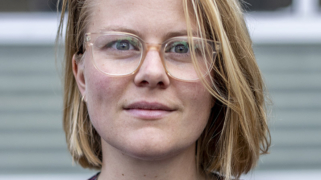4 approaches for teachers on how to work with copyright in the classroom
Teaching naturally involves communicating, creating, and sharing with students, both in the classroom and online. The more education takes place online — emailing homework assignments, sharing articles and digital texts, or creating short videos on how to solve a differential equation — the more it touches the world of copyright. But how does copyright affect teaching and learning? And how can teachers leverage copyright (or, the absence of copyright) to support the needs of their students? This article is for teachers who want to use the possibilities of the internet, but not break the law.
1. Use materials where there is no copyright
Not all materials you would like to use for education are copyright protected. Copyright is, after all, temporary. Because the term of copyright protection in Europe is the life of the author + 70 years, we can assume that roughly everything created before 1870 is in the public domain — which means that the work is no longer protected by copyright. This means you can use, copy, and share Rembrandt’s Night Watch or works by Shakespeare without having to ask permission. Where you can find these materials? For example through Flickr Commons, where they collect rights-free images from across the world. Other databases where you can filter on rights status are Europeana and Wikimedia Commons. The downside to using public domain materials is that it is typically ‘old’ material, not taking into account the cultural products of the 20th century and beyond.
You can also use things that were never protected by copyright in the first place, such as ideas and facts. For example, the height of Mt. Everest is 8,848 metres. This fact is not protected by copyright. The publication date ofHarry Potter and the Philosopher’s Stone is June 1997. Similarly, this fact is not copyrightable. However, an original photograph of Mt. Everest, or the text of The Philosopher’s Stone are protected by copyright.

2. Use materials that have been openly licensed
We know that works whose copyright term has expired, as well as ideas and facts, are free to use without having to worry about copyright. If you want to use a work that is copyright protected, you must seek permission from the rightsholder to use the material in ways prescribed under the law. This can be challenging. Copyright is granted automatically to creators, and oftentimes it’s not easy to figure out who to ask, or to determine how a work can be used. Also, copyright is territorial, which means the rules are different in every country. Thankfully, there’s a way for creators to grant universal permission to use their creative works under some conditions. Rightsholders that want to share can apply open licenses — most commonly Creative Commons licenses — to change the default from “all rights reserved” copyright to “some rights reserved”.Rightsholders that want to share can apply open licenses — most commonly Creative Commons licenses — to change the default from “all rights reserved” copyright to “some rights reserved”.
For example, I am permitted to use the Flickr picture of tadpoles belowunder a Creative Commons Attribution license because the creator has granted me permission to do so under the license. This will come in handy if I want to create a handout for a biology class. There is no need ask permission from the author of the picture he has already has communicated to me how I can use his work through the Creative Commons license. Over a billion works are licensed under CC, and this number is growing. The Open Educational Resources movement is creating and sharing millions of openly licensed teaching and learning materials, which can be re-used and remixed to meet the local needs of the educator and the student.
It’s easy to search for educational materials under CC licenses. You can do this at https://search.creativecommons.org/, or by using the search and filter features on websites such as Flickr, Medium, Google Images, Wikimedia Commons, and others.

3. Buy the materials you want to use
It is also clear that not all the works you want to use will be available under an open license. So what should you do when the materials you want to use are still under copyright, and not openly licensed? You could attempt to ask for permission from the rightsholder. This often means that you will be paying to access (and use) the educational material.
Paying for materials is not a bad thing. Many educational publishers invest a great amount of time and money into producing high quality teaching materials for schools.Paying for materials is not a bad thing. Many educational publishers invest a great amount of time and money into producing high quality teaching materials for schools. If you can find materials that fit your need and you can afford it, this works very well. But be warned: adapting and re-publishing this material online is usually not permitted, as most commercial educational content providers require users to agree with their terms and conditions, which typically do not permit remixing.

I assume that most of readers are not looking to write their own textbook or develop entirely new teaching methods. Instead, you’re probably supplementing your core teaching materials (oftentimes a textbook from a publisher), such as creating worksheets exercises on current events, trying to create a project that transcends traditional teaching methods (working on a project basis for example, taking a subject ‘vulcanos’ and using geography, math, physics, but also literature and art into letting students discuss the whole subject), or are developing a very specific course where there is no market for big publishers to develop materials, such as a very local subject (investigating history of your small town) or very time-sensitive (such as developing a journalism course on the 2016 American primaries).
What should you do then? You can still get permission to use materials, but since off-the-shelf purchasing isn’t an option, you’ll have to arrange the materials to fit your teaching needs. This could work, but is time-consuming. You would have to be able to determine who is the rightsholder of a work based on an image online, track down contact-details and then communicate about a license (and a price). If money needs to exchange hands, you’ll need to go through your school’s administration to get it refunded.
However, existing copyright policies do allow some flexibility for teachers to be able to use educational content without having to ask permission beforehand.Existing copyright policies do allow some flexibility for teachers to be able to use educational content without having to ask permission beforehand. Most nations have what are called “exceptions to copyright” for particular uses of works that are still under copyright, such as for teaching purposes.
4. Figure out your national education exception
Education is a fundamental cornerstone of our society, and there is an exception in the copyright law specifically aimed at making it easier for educators to use copyrighted works in the service of teaching and learning.
The copyright exception for educational purposes differs across the 28 European member states. But in general, most exceptions permit teachers to use copyrighted content without having to ask permission if they are using it ‘for educational purposes’ (often read as ‘for non-commercial purposes’). There are some conditions: sometimes you have to pay a levy for the use afterwards (this is the case in the Netherlands), sometimes you cannot use the whole work (but only pieces of a copyrighted work that cover clearly identified lesson topics), and often the use is only permitted within the ‘bricks of the classroom’ (meaning online use and sharing is not included). The fractured nature of how the copyright exceptions for education are implemented leads to some outrageous things teachers cannot do because of copyright.
I believe the best way to achieve the proper balance of interests at stake in education is through the adoption of an exception or limitation to copyright for educational purposes that meets the following requirements: it should be able to address local and cross-border education needs; it should be mandatory; it should be neutral with regard to media type, format, and technology; it should be flexible; and it should cover all necessary uses provided they are in accordance with fair practice.
Exceptions to copyright for educational purposes are incredibly important, but having to rely on these existing differing rules is not suitable to support modern (online) education practices.Exceptions to copyright for educational purposes are incredibly important, but having to rely on these existing differing rules is not suitable to support modern (online) education practices. Offline these exceptions can be very useful however, and please do check your national legislation what you can do in your country.
Make copyright work for teaching (again)
In short, as a teacher who is trying to supplement and adapt your teaching materials, as well as communicate with your students online — copyright can be challenging. There are options available to you, however: you can use public domain materials, openly licensed material, you can buy materials and you can use your copyright exception for education.
I believe teaching should become easier for teachers, and that you should not be hindered by copyright.I believe teaching should become easier for teachers, and that you should not be hindered by copyright. We need to update the current educational exceptions. I want one, easy to understand exception for all 28 member states that does include online use, and that allows for more flexibility in terms of using materials. I do not want you to spend time on learning about the intricacies of (cross border) European copyright law, tracking down rightsholders, and negotiating licenses — I would prefer it if you would teach.
If you want to know on how COMMUNIA is thinking an exception should look like you can read our position paper on it here. We think copyright should support education, not hold it back. Agree? Like this post, comment and share. Disagree? Comment and share. I would love to know what you think.
This post is part of the Copyright Untangled education series. You can find the other pieces written in this series here: https://medium.com/copyright-untangled.





